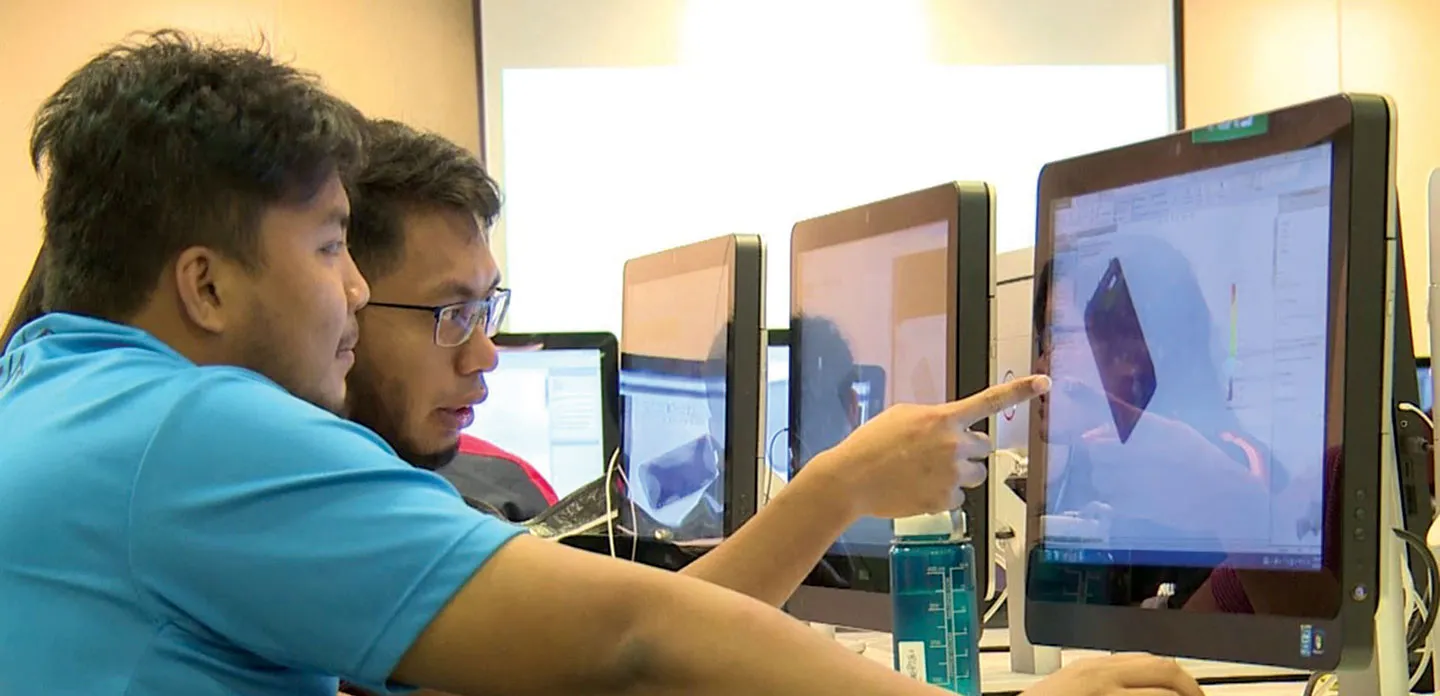Recognized as the world’s top young university, Nanyang Technological University Singapore (NTU Singapore) has rapidly grown since its establishment in 1991 and now comprises colleges of engineering, business, science, humanities, arts, and social sciences; an interdisciplinary graduate school; and a medical school. The NTU College of Engineering has become the world’s largest engineering college, with six schools focused on technology and innovation, and a research output among the top five universities globally. Prior to 2014, the NTU College of Engineering’s School of Materials Science & Engineering utilized a traditional focus on lectures in its polymer technology course. To provide students with hands-on experience in the design, engineering, and injection-molding processes associated with the rapid growth of consumer products made from polymer materials, the professor, via an Educational Excellence (EdeX) grant from NTU, decided to reorganize the course curriculum. According to Assistant Professor Terry W.J. Steele, who teaches the polymer technology course, the university implemented a flipped learning approach, where students access course content on their own and classroom time is focused on team-based learning. “The complex mathematics that used to be a primary focus of the polymer technology course were getting in the way of helping students learn and apply core concepts,” Steele explains. “We decided to alter our approach by putting the lectures online and using class time for students to apply concepts from the lectures via a virtual laboratory, for which we needed 3D design, flow simulation, and plastics mold-filling simulation software tools.” Steele evaluated available solutions to support its new approach for the polymer technology course. He selected SOLIDWORKS Education Edition software because it is easy to use, offers the most extensive range of online resources and tutorials, and includes all of the design and simulation capabilities required to establish the virtual laboratory for the course, including SOLIDWORKS Flow Simulation computational fluid dynamics (CFD) analysis and SOLIDWORKS Plastics injection-mold-filling simulation software. “The key to our success is leveraging software that the students can quickly learn on their own time and effectively use in class,” Steele notes. “SOLIDWORKS provides all of the tools that we need and has, by far, the most tutorials, YouTube videos, and online resources to help students rapidly get up to speed with the software.”
Virtual Design and Simulation Laboratory
Since NTU revamped its polymer technology course and established a virtual design and simulation laboratory with SOLIDWORKS, students’ enthusiasm and learning interest for the course have increased dramatically. Post-course student feedback demonstrates this, with one student writing, “For once the tutorial is something to look forward to. It’s fun and engaging,” and another student proclaims, “Lessons are highly interactive and engaging! A very fun course.” Steele credits this turnaround to providing students with the opportunity to learn core plastic flow concepts by applying them to actual projects, which is a more effective learning method than traditional approaches. “The results that we’ve realized since reorganizing the course are fantastic,” Steele stresses. “We still give quizzes to make sure the students watch the lectures, but by providing students with the opportunity to learn and use SOLIDWORKS to design and simulate actual products, we are reinforcing the physics, plastic flow, and mathematical concepts contained in the lectures. Instead of just memorizing equations, students now have the chance to learn how to form and apply equations by establishing the input parameters for SOLIDWORKS Plastics mold-filling simulations.”
